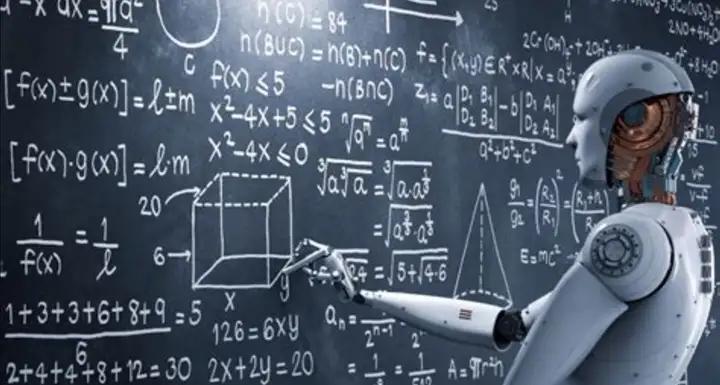The Evolution of AI Training: From Data-Driven to Agent-Based Models
OpenAI co-founder Ilya Sutskever suggests the era of traditional pre-training is ending due to data scarcity, predicting future AI models will be true agents with reasoning capabilities and autonomous learning abilities.

Artificial Intelligence stands at a pivotal crossroads as traditional pre-training approaches face unprecedented challenges. At NeurIPS 2024, Ilya Sutskever, who recently established Safe Superintelligence after leaving OpenAI, presented a compelling analysis of the current AI landscape’s limitations and future trajectory.
The core challenge lies in the finite nature of training data. While computational power continues to grow through improved hardware and algorithms, the availability of quality training data has plateaued. As Sutskever metaphorically puts it, data is like fossil fuel - a finite resource that will eventually be depleted. The internet, our primary source of training data, contains a limited amount of high-quality information suitable for AI development.
This data scarcity is driving a fundamental shift in AI development strategies. The industry is moving away from the “bigger is better” paradigm of large language models toward more sophisticated approaches. Companies are exploring three primary paths forward:
First, the emergence of true AI agents represents a significant departure from traditional language models. These agents would possess autonomous learning capabilities and interact with their environment to gather information, rather than relying solely on pre-existing datasets. This approach aligns with reinforcement learning principles, allowing AI systems to develop through experience and interaction.
Second, researchers are investigating synthetic data generation and specialized training approaches. While synthetic data shows promise in specific domains like mathematics and programming, concerns exist about potential recursive errors and quality degradation. Some companies are experimenting with human-AI collaboration to generate training data, though this requires careful management to avoid amplifying biases.
Third, a focus on efficiency and specialization is gaining traction. Smaller, task-specific models are demonstrating impressive capabilities with minimal resources. Recent research indicates that through improved algorithms and specialized hardware, AI systems can achieve similar performance levels with substantially less data and computational power.
The future of AI training appears to be moving toward a hybrid approach combining these strategies. Companies like Anthropic and OpenAI are already demonstrating success with models that utilize more sophisticated reasoning capabilities and efficient training methods. This evolution suggests that while the era of simple pre-training may be ending, a more nuanced and potentially more powerful paradigm is emerging.
The transition from data-hungry models to intelligent agents marks a significant shift in how AI systems learn and operate. This new generation of AI might develop capabilities through interaction, reasoning, and self-improvement rather than purely through pattern recognition in vast datasets. However, this evolution also raises important questions about AI safety and control mechanisms, particularly as systems become more autonomous.
These developments signal the beginning of a new chapter in artificial intelligence, where success will be measured not by the size of training datasets, but by the sophistication of learning mechanisms and the quality of AI reasoning capabilities.